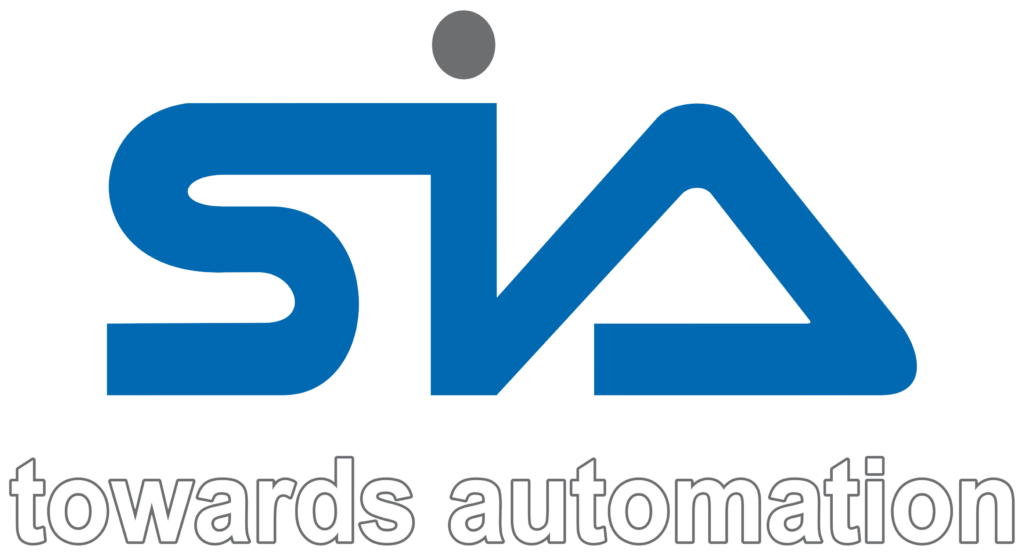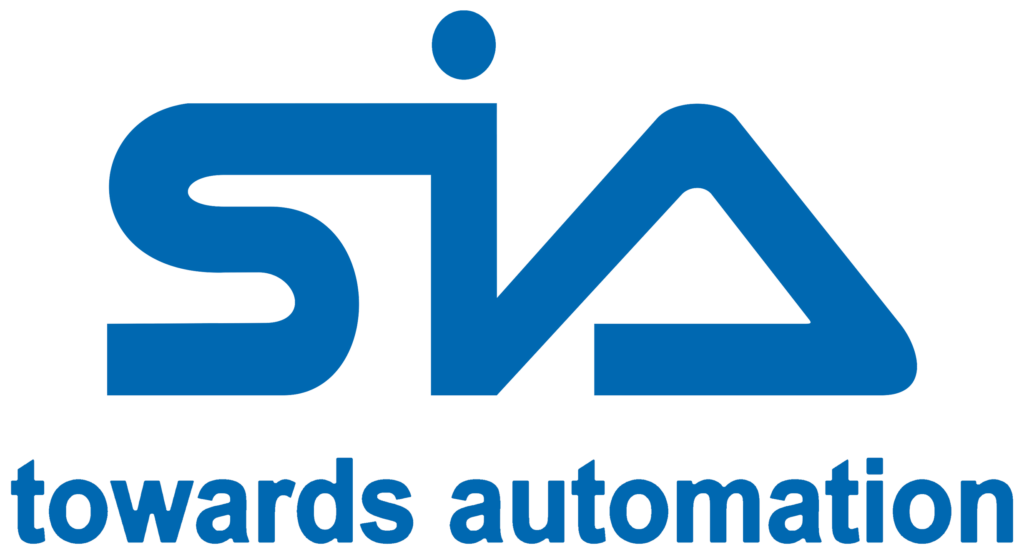Machine Vision system
Satt Automation specialises in machine vision product integration. Satt Automation has been providing Machine vision technology devices to scan and analyse objects automatically in an industrial or production environment for many years.
Machine vision systems are a set of connected components that are designed to automatically direct manufacturing and production procedures such as go/no testing and quality control processes using information retrieved from digital images.Through its ability to instruct material handling equipment to arrange goods or materials as needed in a particular process, these systems can also play a role in automated assembly verification and inspection processes. They are useful in a variety of industries and can be used to automate any tedious, repetitive operations that a human inspector or operator might tyre of.
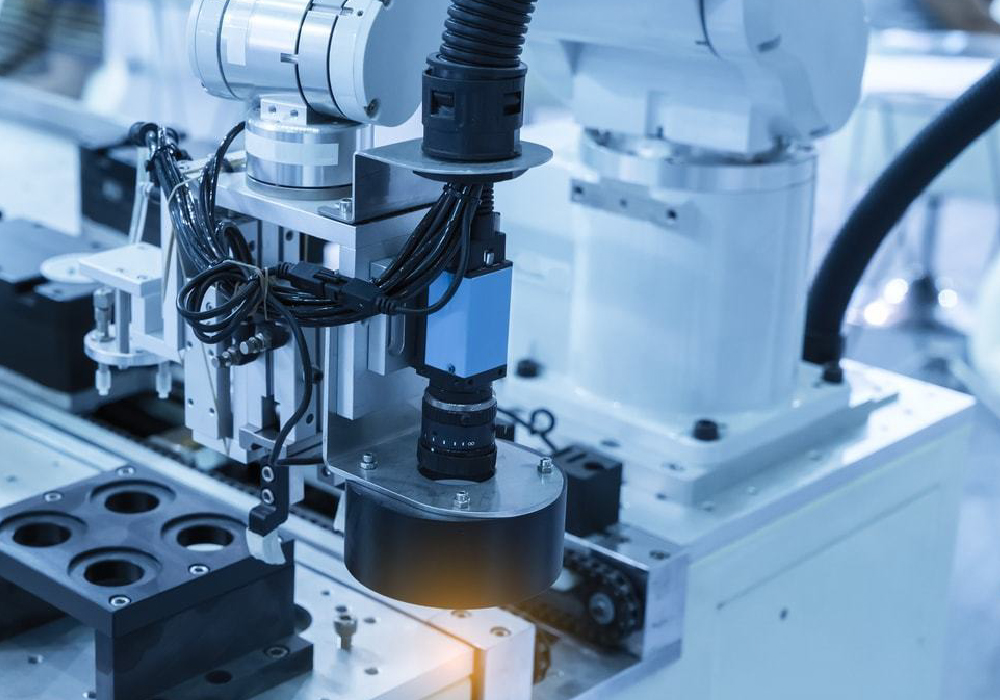
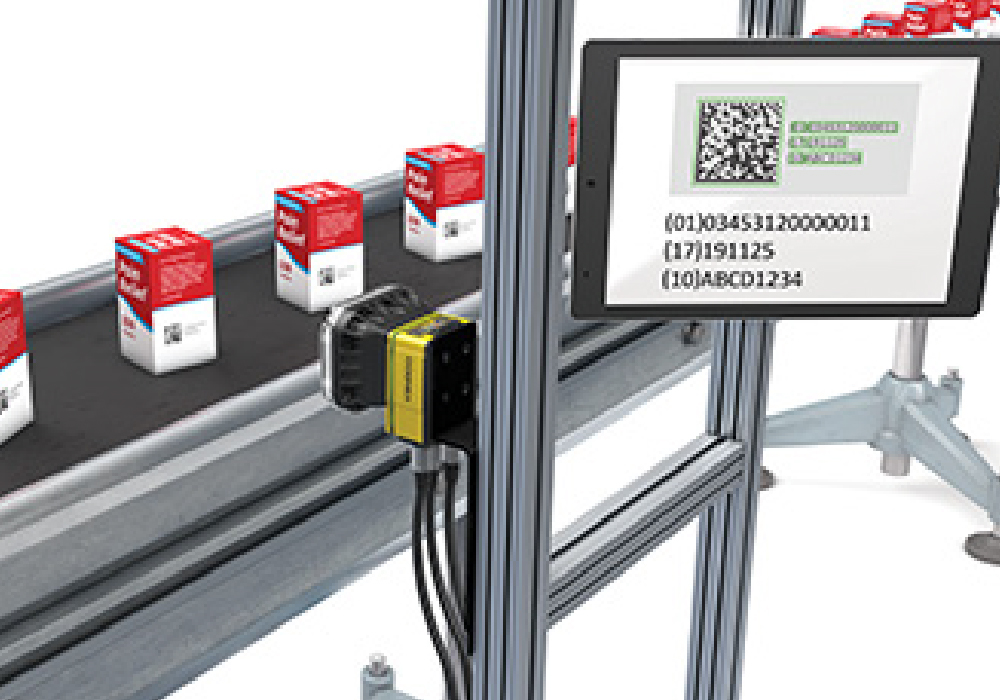
Absence/presence detection
The choice of presence or absence detection for different spaces can have a significant impact on user friendliness and energy savings.
Inspection is a crucial process in the manufacturing business since it ensures the quality and completeness of the finished product. Automated visual inspection systems are used to improve and speed up visual inspection operations. Presence absence detection (PAD) is a visual inspection method for ensuring that a specific feature or component is present in the product being made.Presence Absence detection method can be used for presence absence detection in automated visual inspection, which is widely employed in the mass production industry. The algorithm under discussion is a parameter-based method that can successfully detect the presence or absence of a specific component on a product.
Automated Vision testing and measurement
Automation vision inspection systems are a sophisticated combination of technologies that are designed to make quality control, inspection, and data collection more efficient. The gadgets take pictures during an automated manufacturing process, which can later be utilised to infer key performance data.
Vision inspection systems are utilised in a wide range of industrial procedures, and they are frequently used to perform tasks that are difficult or impossible for humans to perform.
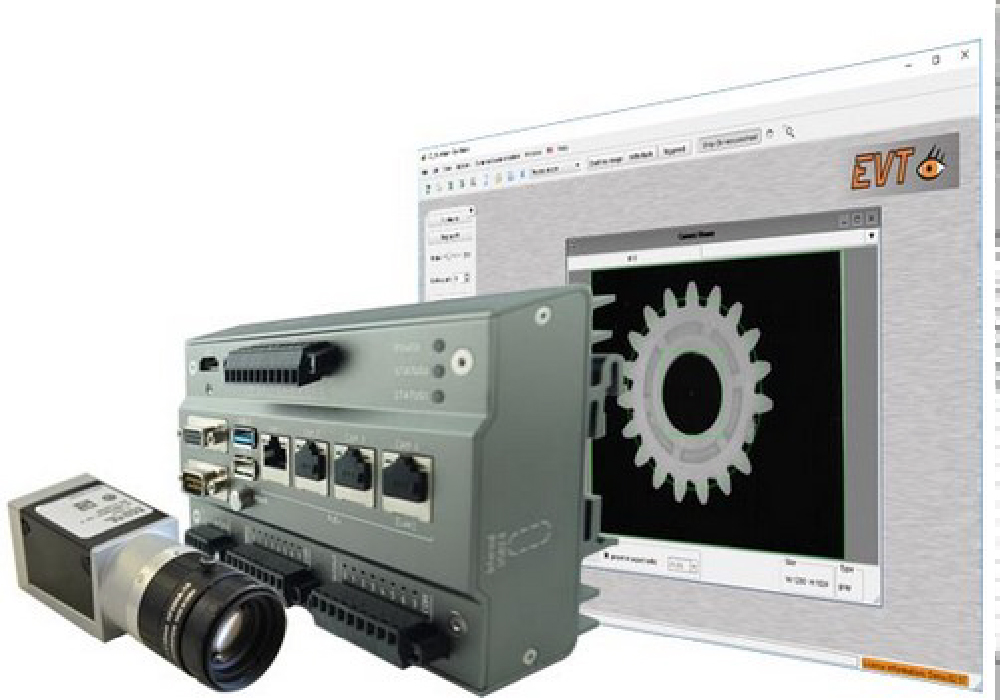
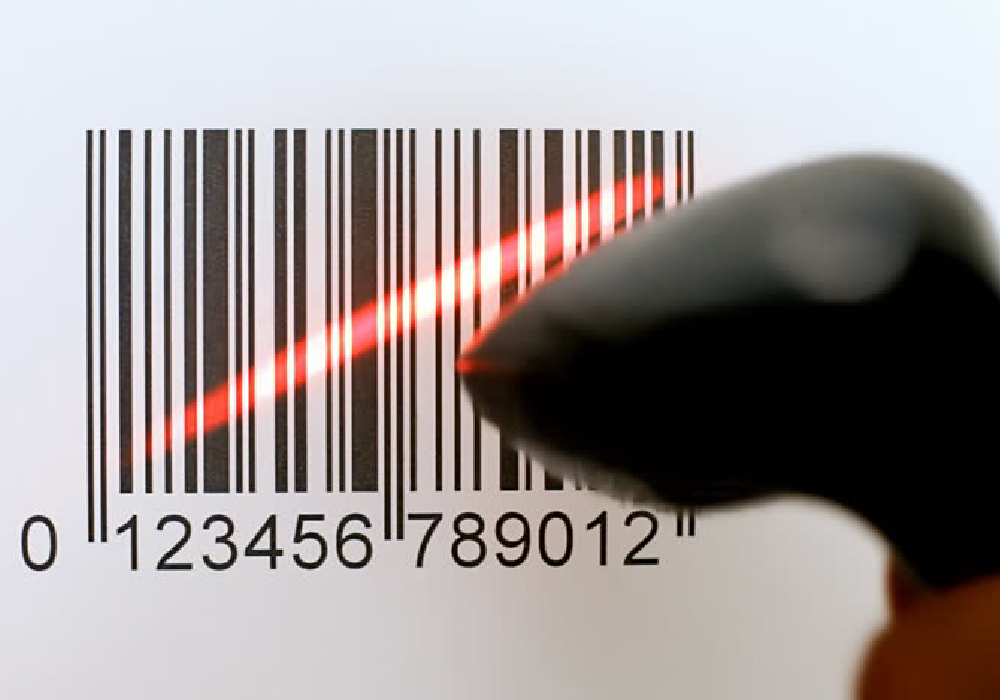
Bar code reading
By far the greatest category of AutoID & Data Capture (AIDC) technology is machine vision and industrial barcode scanning.
Traditional AIDC providers’ future strategic potential in manufacturing, transportation and logistics, retail, and healthcare, as well as a wide range of developing industries, are greatly expanded by this growing market.
Advanced features such as track and trace and e-commerce fulfilment picking, which have the potential to boost efficiency and cost savings, are being aided by innovative technologies and applications ranging from integrated scanners, sensors, and cameras, robotics and guidance, and machine learning and artificial intelligence.
Colour verification
Our sophisticated vision systems have 24 bit colour processing for improved image processing and precision in quality control applications, such as examining pill and blister packs or validating food ingredients.
All inspection duties can benefit from the use of colour. Precision colour analysis tests, for example, can be used to ensure that parts satisfy rigorous colour band tolerances and to inspect labels, features, conformal coatings, beads, and glue.Color searches, pattern checking, and template matching are used to ensure the overall quality of parts, components, and subassemblies. Color matching can be used to segment and analyse items that operate in RGB and HSI modes.
Color matching with a machine vision system allows for the segmentation and analysis of items in RGB, HSI, and LAB colour spaces.
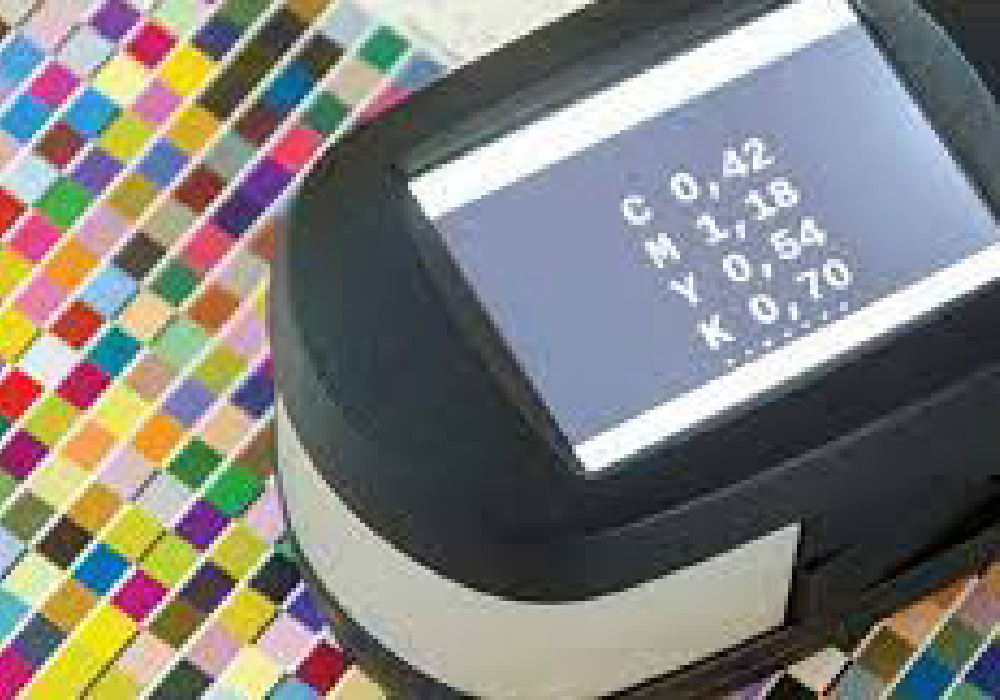
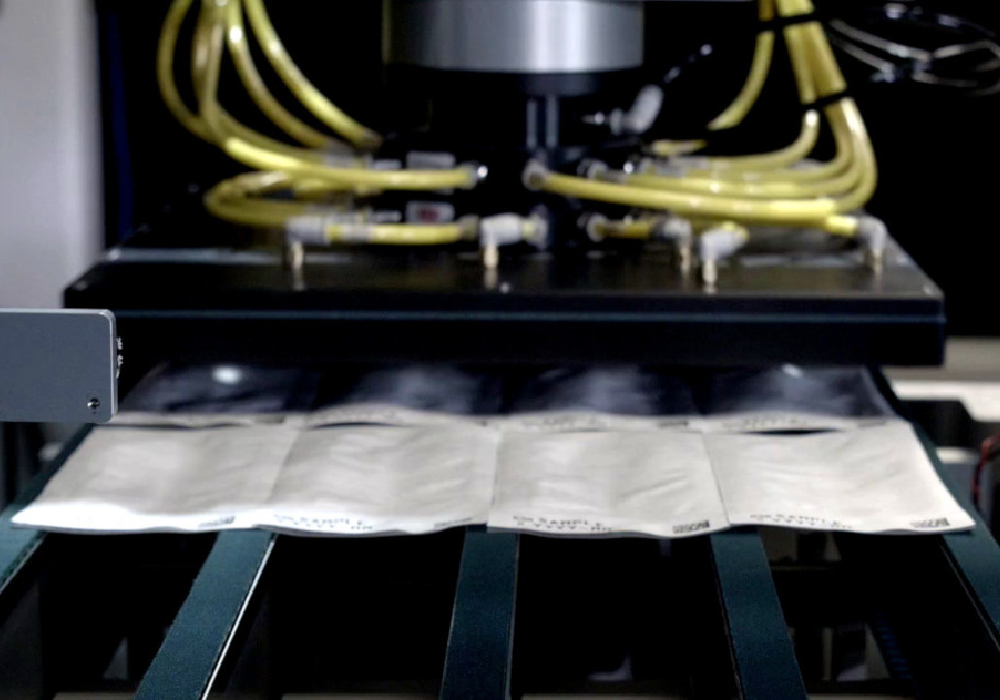
Defect detection
Defect identification during the production process is critical for assuring product quality and uniformity. Optical inspection takes a long time and costs a lot of money. To begin, human experts must be trained to conduct inspections. Second, it may result in production/time-to-market constraints. To scale such checks, more people must be hired and trained, resulting in a higher cost.
Optical character recognition & verification
Characters printed on product labels, currencies, credit cards, and automotive elements such as chassis are routinely read using OCR employing Machine Vision. Character codes and data are primarily used for identification, verification, tracing, and tracking.Machine Vision OCR technology can also be used to ensure the accuracy of printed labels, which is very crucial in the pharmaceutical industry.

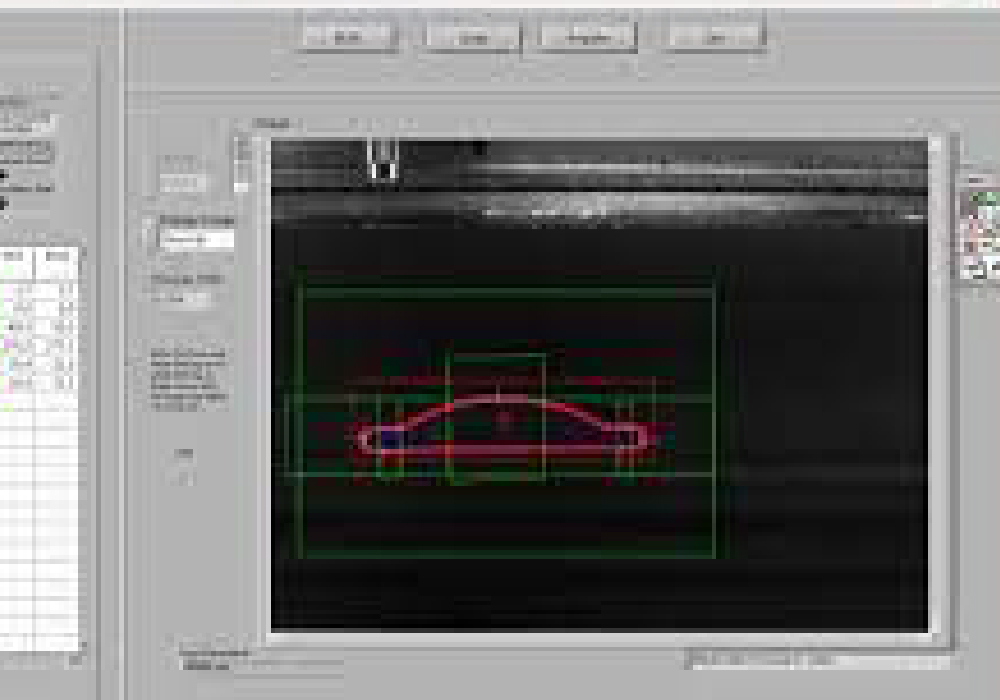
Part verification
For the verification of parts, assemblies, and packaged items, machine vision systems are commonly utilised. Because the spectrum of verification applications is so extensive, they all use the same methods for placing, measuring, identifying, and detecting flaws. To achieve 100 percent product inspection, verification is frequently integrated with other duties such as measuring part dimensions or reading a product barcode.
Pattern matching
Routine activities such as cell classification and counting in microscope applications, sorting parts on an assembly line, tallying biological products, and scanning aerial photography for objects of interest can all be automated using vision-based pattern recognition techniques.With the recent advancements in low-cost PC processing capabilities, automated pattern recognition has become a more appealing option to many arduous manual vision activities. Some automated medical applications, for example, are now able to produce outcomes with great consistency and measurement precision.
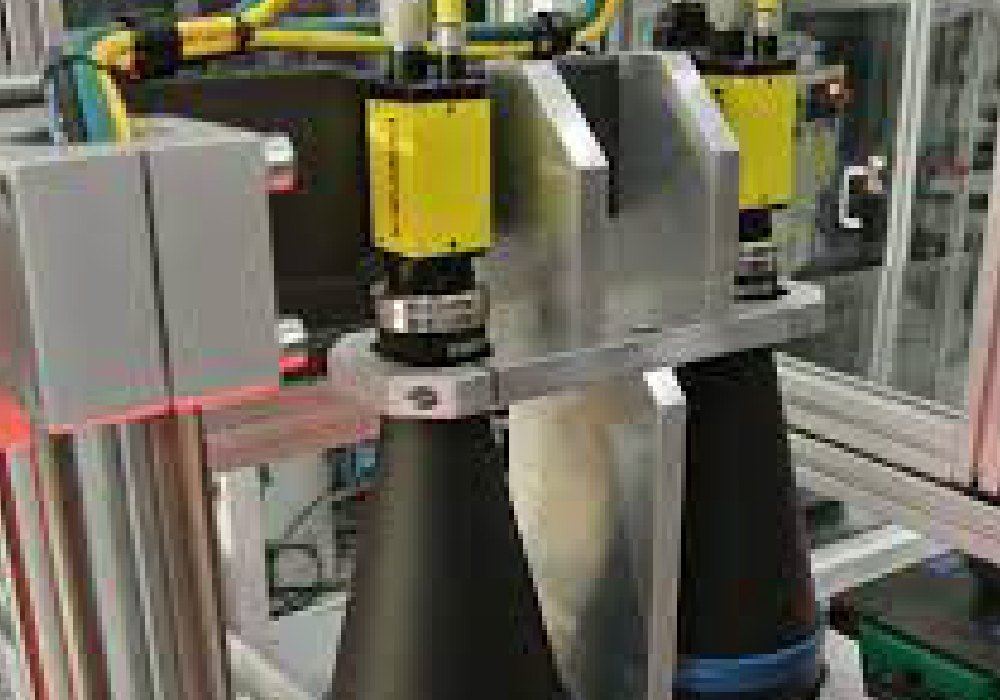
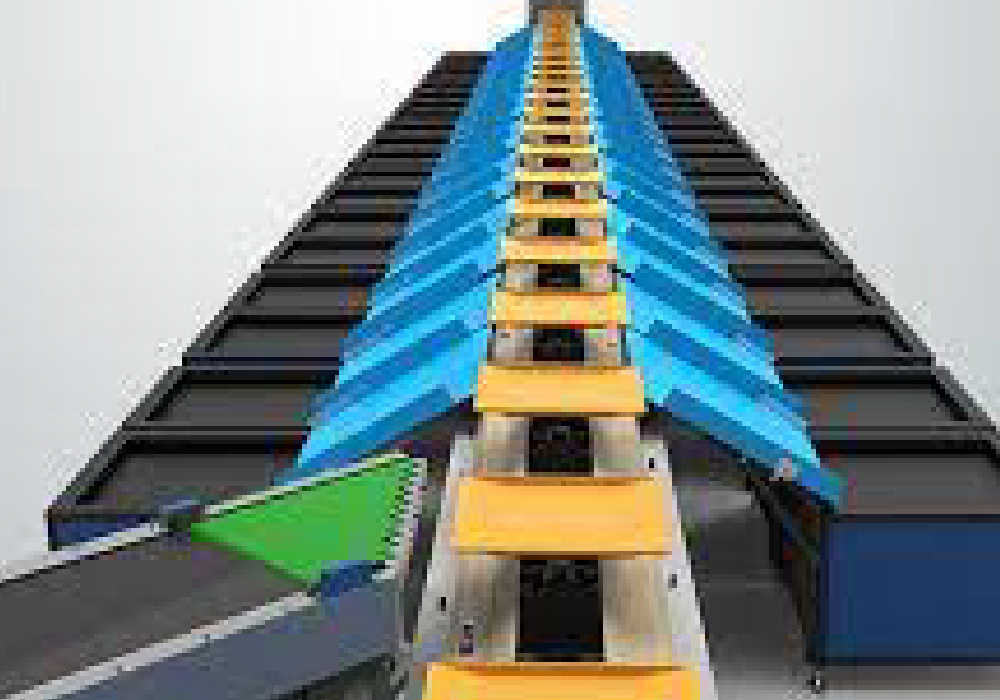
Sorting
One such innovation in automatic systems is machine vision. Machine vision is used to execute tasks that are similar to human vision. It aids in the automation of systems where human vision limits exist, such as recognising multiple shades of colour or identifying high precision dimensions, allowing human personnel to serve in more appropriate roles.
Trace ability
Year after year, the expectations on manufacturing quality control seem to rise. Many strategies are being used to monitor when, where, and who generated things to ensure that companies can always deliver products that are reassuring to users. The present condition of traceability is discussed, as well as how it differs among industries.Traceability is also used to prevent flaws and mistakes in the manufacturing process. When a product flaw is identified in one production phase, for example, a method must be devised to ensure that the defect does not bleed into subsequent processes.
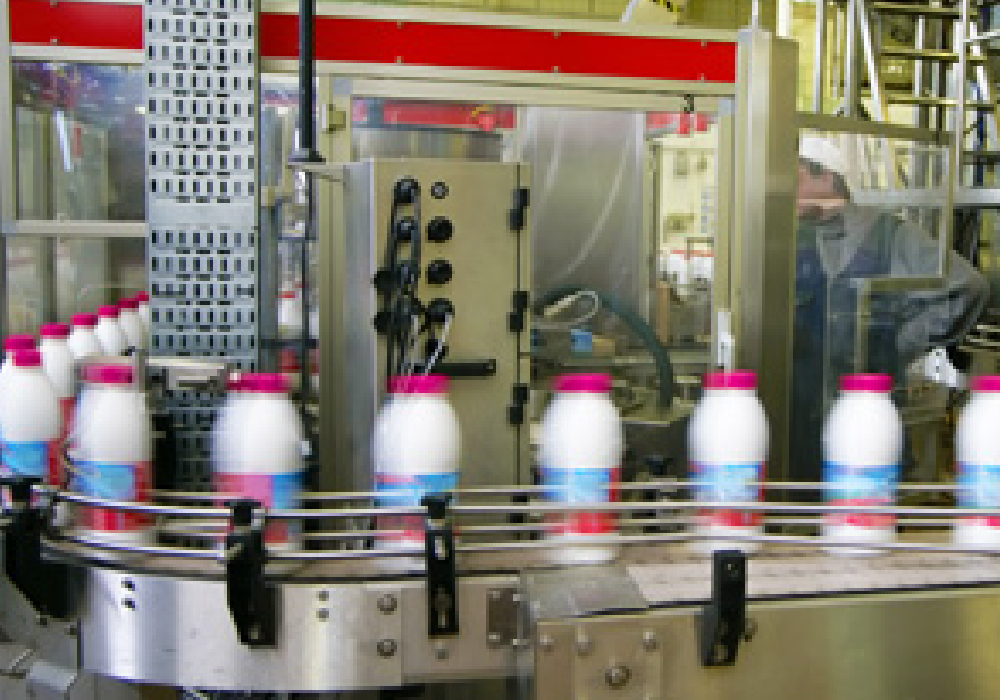
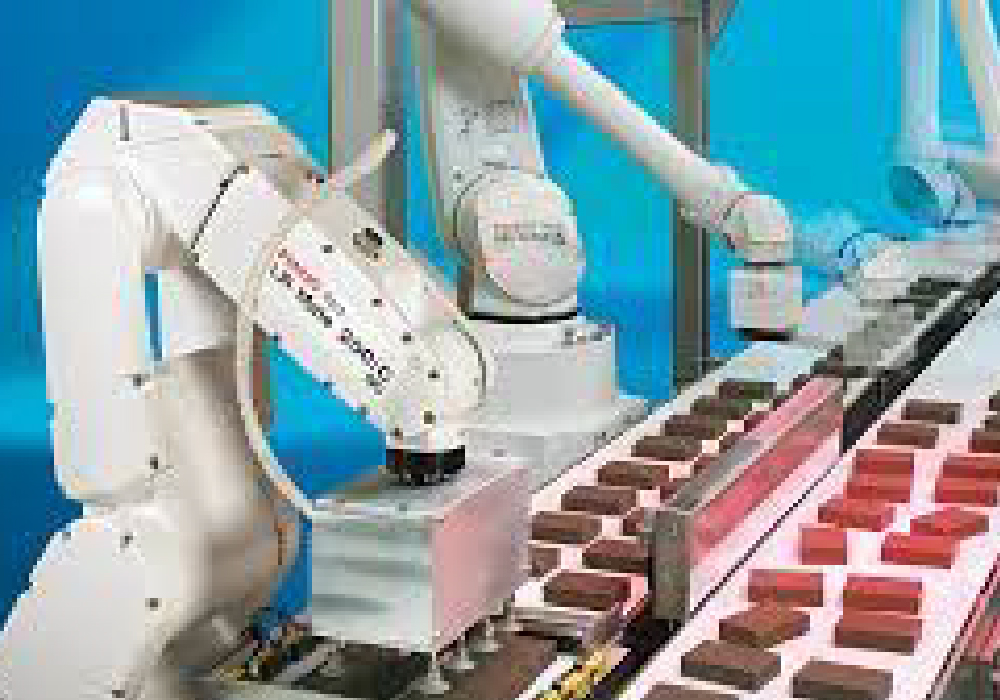
Vision guided robots
Machine vision and image processing technology have sparked interest in vision-guided robots (machine vision) as a solution to eliminate this time-consuming activity that was previously considered to be unavoidable and achieve high productivity without changeover delays. This page covers the fundamentals of vision-guided robots as well as potential pitfalls to avoid while introducing them.
Machine vision and image processing systems used for position detection and inspection with industrial robots are referred to as vision-guided robots.
